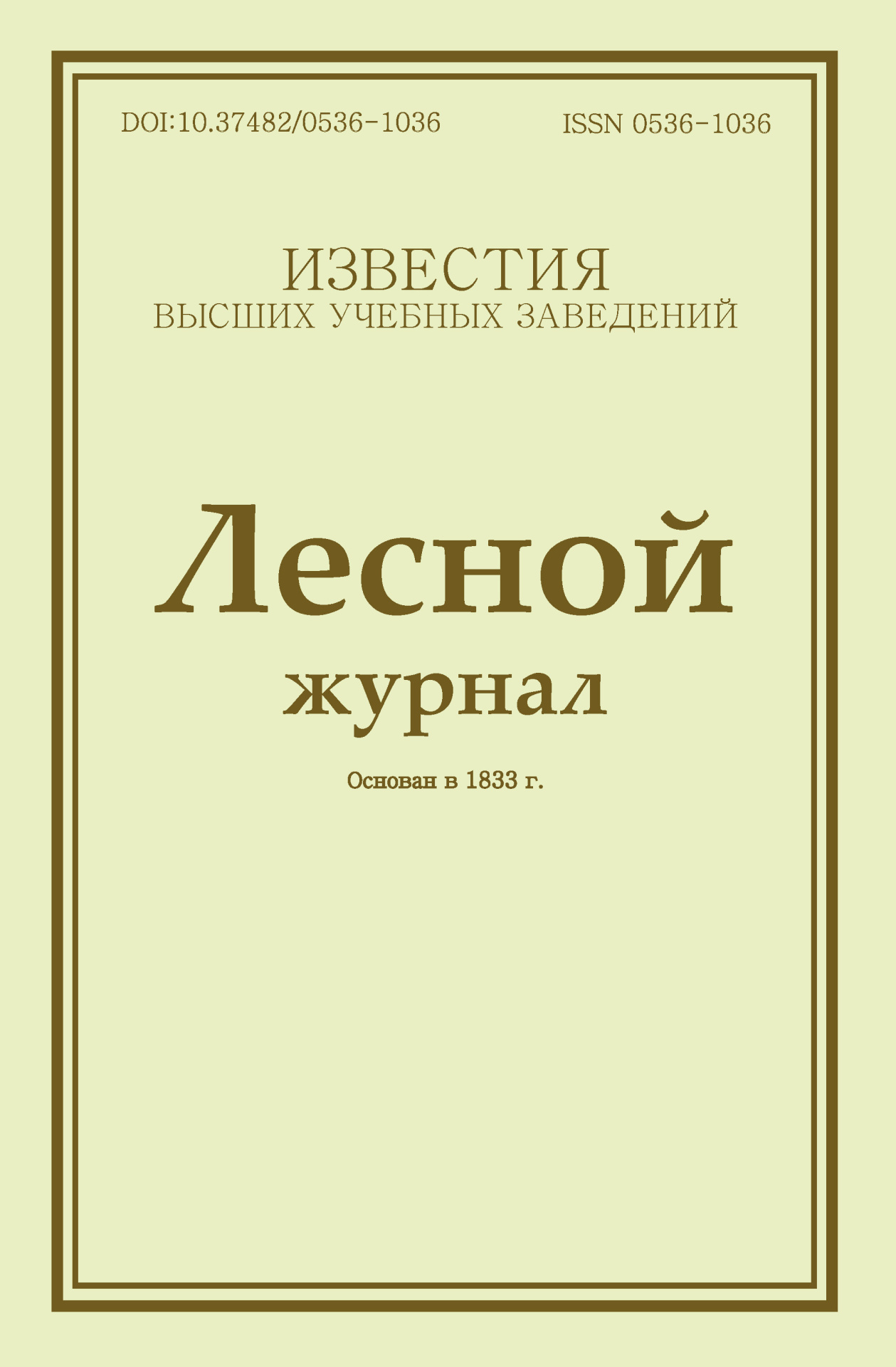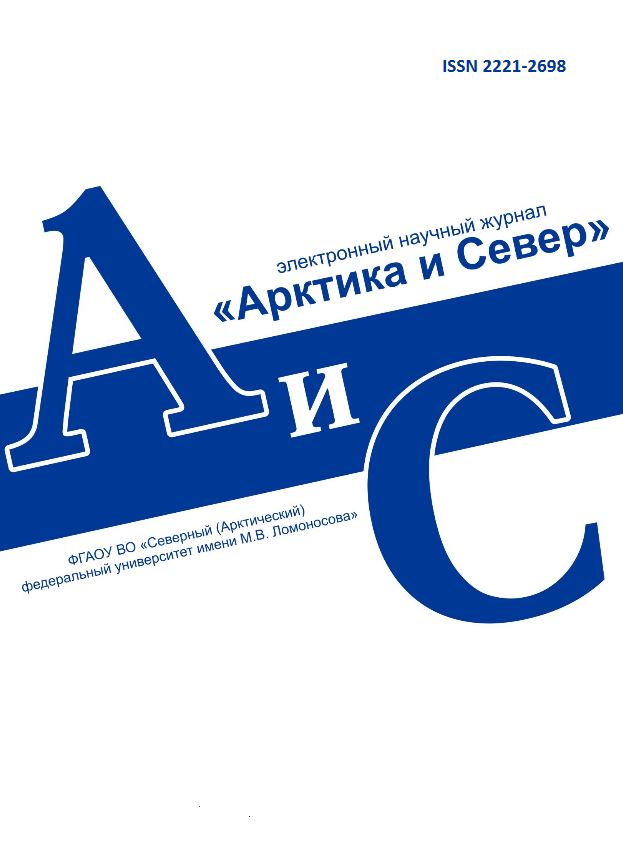Legal and postal addresses of the founder and publisher: Northern (Arctic) Federal University named after M.V. Lomonosov, Naberezhnaya Severnoy Dviny, 17, Arkhangelsk, 163002, Russian Federation Editorial office address: Journal of Medical and Biological Research, 56 ul. Uritskogo, Arkhangelsk Phone: (8182) 21-61-00, ext.18-20
E-mail: vestnik_med@narfu.ru ABOUT JOURNAL
|
Section: Physiology Download (pdf, 3MB )UDC616-021.2AuthorsEkaterina Yu. RodionovaInstitute of Human Brain, Russian Academy of Sciences 9 Akademika Pavlova St., St. Petersburg, 197376, Russian Federation; e-mail: rodionova.ey@gmail.com Leonid S. Chutko Institute of Human Brain, Russian Academy of Sciences 9 Akademika Pavlova St., St. Petersburg, 197376, Russian Federation; e-mail: chutko5@mail.ru AbstractAdolescents today suffer from various neurological disorders, autonomic dysfunction being the main one. According to scientific literature, modern girls are 15 % less healthy than boys. Menstrual disorders dominate in the structure of gynecological morbidity, often not being accompanied by primary gynecological pathology. The autonomic nervous system is crucial for the formation of menstrual cycle. Coordination of the autonomic and hormonal regulation of menstrual function is performed on the hypothalamic level. We aimed to investigate the clinical and psychological peculiarities of autonomic dysfunction in girls with impaired formation of menstrual cycle. This article presents data of the clinical and psychological examination of 62 girls aged 14–17 years with menstrual disorders of algomenorrhea type and dysfunction of the autonomic nervous system. We applied the standard neurological examination, the visual analog scale (10-point), the Multidimensional Fatigue Inventory (MFI-20), A.M. Vein’s questionnaire, Kérdö’s index, and Spielberger-Khanin questionnaire. The control group was comprised of girls aged from 14 to 17 years without neurological or gynecological pathologies. The study showed that girls with algomenorrhea had the following neurological complaints: headaches, dizziness with blackouts following a change in the position of the body, nausea, lypothymia, syncope, tingling in the heart, feeling of not getting enough air, and dyssomnias. The initial sympathetic autonomic tone observed in 38 girls (61.2 %) indicated strain of adaptation mechanisms. Moreover, the psychological testing revealed a high level of anxiety and asthenia in the examined girls (compared to the control group). The results obtained indicate that a comprehensive approach to this pathology is required.Keywordsneurological disorders, adolescent girls, autonomic dysfunction, algomenorrhea, astheniaReferences
|
Make a Submission
INDEXED IN:
|
Продолжая просмотр сайта, я соглашаюсь с использованием файлов cookie владельцем сайта в соответствии с Политикой в отношении файлов cookie, в том числе на передачу данных, указанных в Политике, третьим лицам (статистическим службам сети Интернет).




.jpg)

